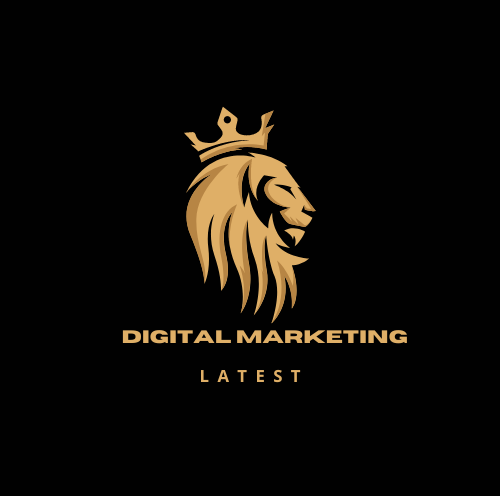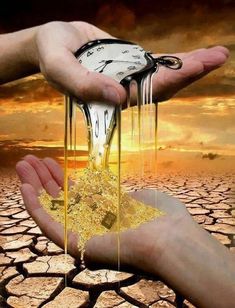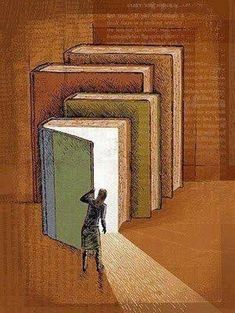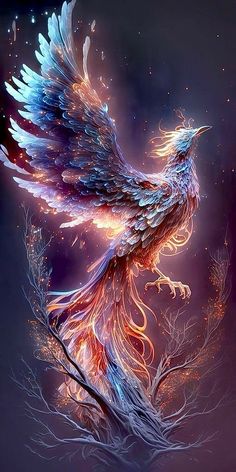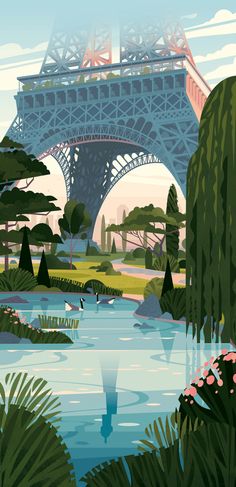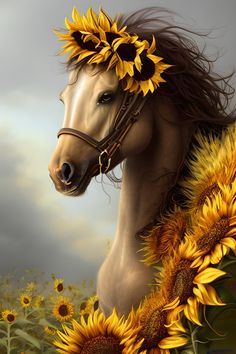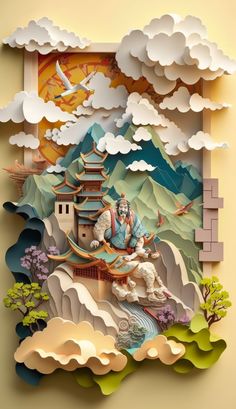AI Art Generator
AI Art Generator: Revolutionizing Digital Marketing
The creation of art has shown to be one of the fields where artificial intelligence (AI) has made enormous strides. The advancement of AI-driven art generators has revolutionised the field of digital marketing.
In this piece, we’ll explore the concept of AI art generators, analyse their impact on the digital marketing industry, and discuss the benefits they offer businesses.
Free AI Art Generator
Artificial intelligence (AI) has revolutionised many industries, and the art world is no exception. The advancement of AI art generators has made it simpler than ever to create stunning artwork.
In this post, we’ll go over the concept of free AI art generators, their benefits, how to use them, widely available options, and how AI influences the creative process.
Art has long served as a medium for individual expression and innovation. Over the years, artists have expressed their thoughts and feelings through a wide range of techniques and methods.
However, not everyone is wealthy or talented enough to create exquisite pieces of art. In this case, free AI art generators can be helpful.
People of all creative skills can now express themselves thanks to free AI art generators, which have democratised the process of creating art.
By using AI algorithms, these generators provide artists with a platform to experiment with different aesthetics, try out novel techniques, and push the boundaries of their artistic expression.
Despite the ethical issues and copyright concerns surrounding the topic of AI art, the collaboration between AI and human artists holds great potential for the future of art.
AI Art Generator
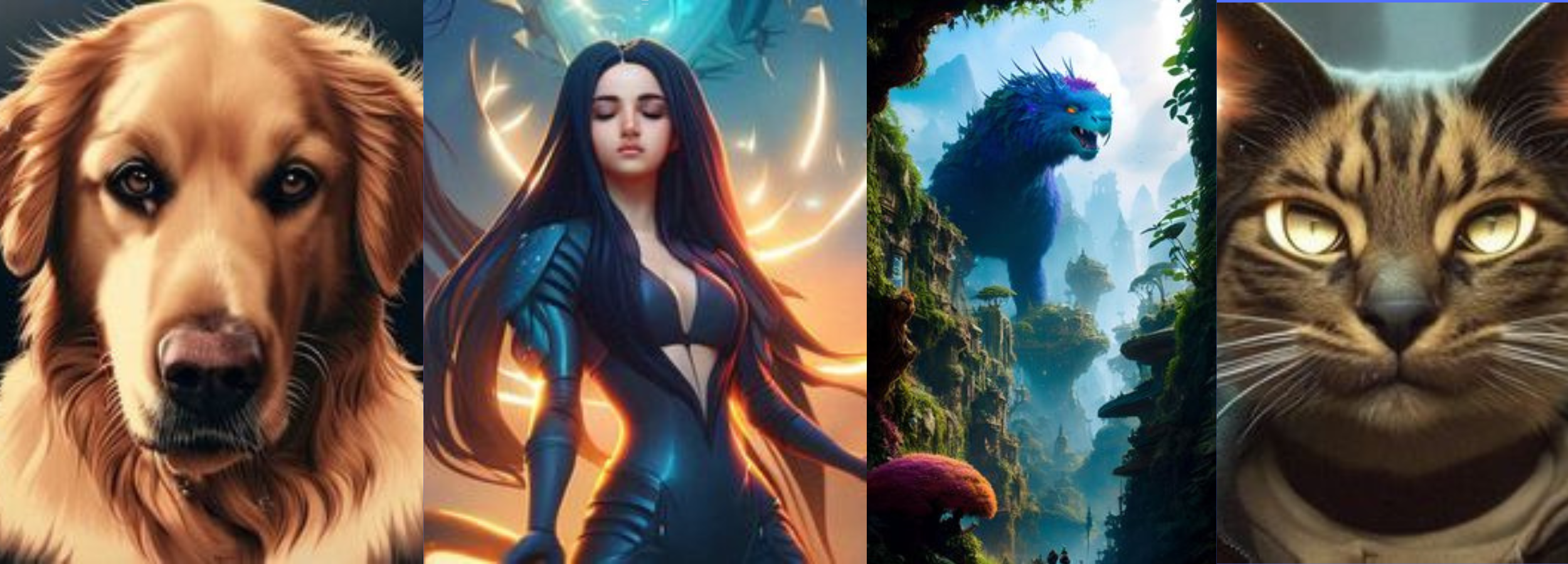
Art has always been a powerful tool for communication and expression.
AI art generators have given marketers and artists access to a whole new realm of creative possibilities.
AI art generators produce unique, visually appealing, and emotionally engaging artwork by applying machine learning algorithms.
AI art generators utilise deep learning and neural networks to create unique artwork.
These algorithms examine vast volumes of data, including current artwork, pictures, and even verbal descriptions, to find trends, styles, and processes.
Thanks to this process of learning, AI algorithms are able to produce new works of art that mimic specific artistic styles or incorporate unique elements.
Digital marketers now have more avenues for creativity and interaction thanks to AI art producers. Using the power of AI algorithms, businesses may create visually appealing content, customise customer experiences, and create a unique corporate identity.
As AI technology advances, the possibilities for AI-generated art seem limitless, indicating an exciting future for marketers and artists alike.
While AI art generators are very promising, there are a number of problems and restrictions with them.
One of the primary concerns is the moral application of AI-generated content. It is crucial to make sure AI-generated artworks do not infringe against copyright laws or distort the creations of human artists.
Artificial intelligence (AI)-generated art can vary in quality and originality, so maintaining aesthetic integrity requires a human eye.
Art has the power to convey emotions and tell stories. AI-generated art can help businesses support their branding initiatives and establish a unique visual identity.
By using AI-generated art into their marketing materials, companies may create a distinctive corporate identity that appeals to their target audience.
While AI art generators are very promising, there are a number of problems and restrictions with them.
One of the primary concerns is the moral application of AI-generated content. It is crucial to make sure AI-generated artworks do not infringe against copyright laws or distort the creations of human artists.
Artificial intelligence (AI)-generated art can vary in quality and originality, so maintaining aesthetic integrity requires a human eye.
It is projected that as AI art generators get more advanced, they will produce artwork that is more intricate and realistic.
They might be useful in industries other than digital marketing, such as interior design, fashion, and entertainment.
1. Introduction: The Rise of AI Art Generators
Art has always been a powerful tool for communication and expression.
AI art generators have given marketers and artists access to a whole new realm of creative possibilities.
AI art generators produce unique, visually appealing, and emotionally engaging artwork by applying machine learning algorithms.
The concept of originality and artistic expression has been challenged by artificial intelligence (AI) art generators, which have become a significant force in the art industry.
They may be able to produce visually appealing and provocative art, but opinions regarding their impact and sincerity remain divided.
AI-generated art raises questions about the importance of artistic creativity, the place of human artists, and the moral implications of AI systems.
It is essential to recognise AI art generators as tools that may enhance and complement human creativity in order to foster a healthy coexistence of artificial intelligence and human brilliance in the future.
The Rise of AI Art Generators

A new era of artistic inventiveness has been ushered in by the rapid growth of technology with the introduction of AI art generators.
These innovative AI-powered solutions have garnered significant attention and are transforming the art market.
This essay will discuss the emergence of AI art generators, their impact on the art world, and the possibilities they hold for the future of the medium.
AI art generators are algorithms that, as a result of the fusion of artificial intelligence and the creative domain, are capable of creating art that mimics and, in certain situations, surpasses human artistic ability.
The advent of AI art generators has generated interest, debate, and excitement both inside and outside of the art world.
2. How AI Art Generators Work
AI art generators utilize deep learning and neural networks to create unique artwork.
These algorithms examine vast volumes of data, including current artwork, pictures, and even verbal descriptions, to find trends, styles, and processes.
Thanks to this process of learning, AI algorithms are able to produce new works of art that mimic specific artistic styles or incorporate unique elements.
Artificial intelligence (AI) art generators appear to be of interest to art enthusiasts, technologists, and artists alike. These state-of-the-art instruments create unique, eye-catching artwork using complex machine learning algorithms.
In this piece, we’ll examine the inner workings of AI art generators and provide insight into the intriguing process that goes into creating them.
Artificial intelligence (AI) is the study and use of computer systems that can perform tasks that have historically required human intelligence.
Digital marketers are utilizing artificial intelligence (AI) technologies to enhance customer experiences, optimism advertising campaigns, and make data-driven decisions.
AI integration in digital marketing has opened up new avenues for businesses to connect and engage with their target audience more successfully.
Artificial intelligence (AI) art generators, also known as generative adversarial networks (GANs), use artificial intelligence, deep learning, and neural networks to create unique works of art.
Massive amounts of data are processed by these algorithms, which also spot patterns and produce visually stunning outcomes that mimic various artistic trends.
AI art generators are combining human creativity with the capabilities of AI algorithms to transform the artistic landscape. With the use of these instruments, artists may now experiment and express themselves in new ways.
Understanding the underlying workings of AI art generators is crucial to appreciating their potential to push the frontiers of artistic innovation.
3. The Impact on Digital Marketing
Businesses that have used AI art generators in their digital marketing campaigns have seen notable results. Let’s examine some of the key domains where AI has transformed the creative industry.
Artificial intelligence (AI) is the study and use of computer systems that can perform tasks that have historically required human intelligence.
Digital marketers are utilizing artificial intelligence (AI) technologies to enhance customer experiences, boost advertising campaigns, and make data-driven decisions.
AI integration in digital marketing has opened up new avenues for businesses to connect and engage with their target audience more successfully.
Impact on Digital Marketing
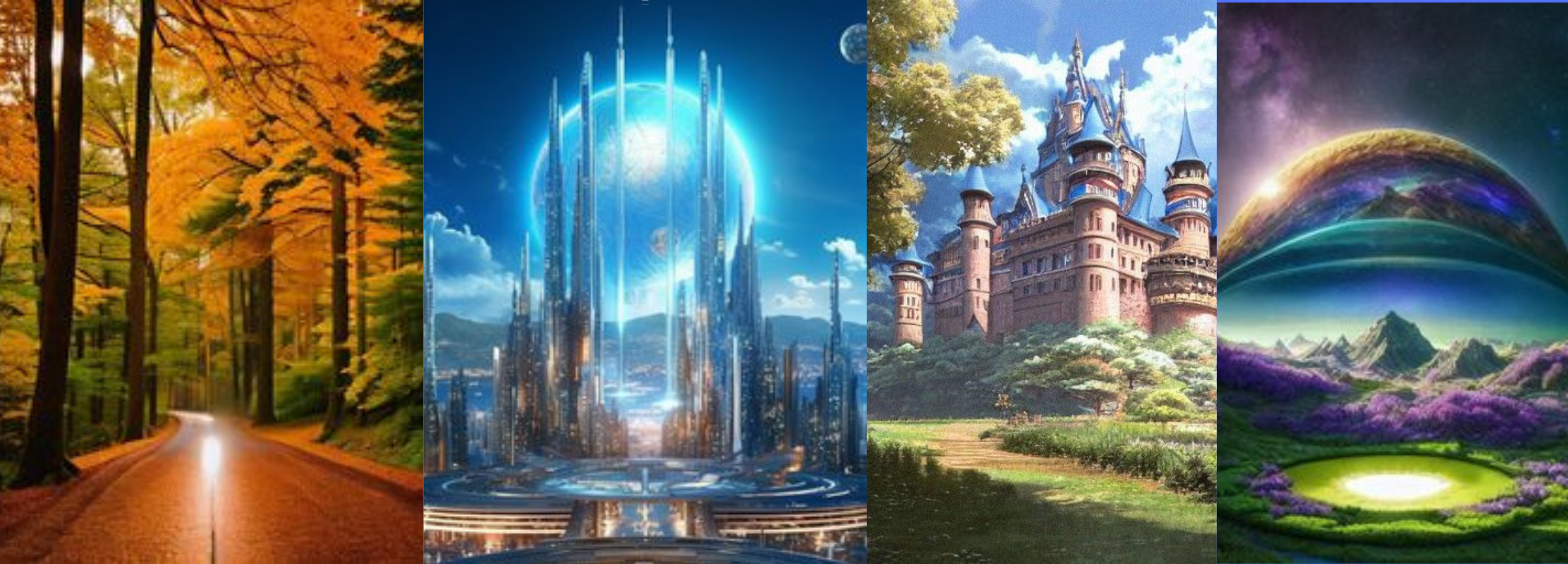
Artificial Intelligence is revolutionizing digital marketing by facilitating deeper engagement between organizations and their target audience.
AI technologies are revolutionizing marketing strategies for businesses, enabling data-driven decision-making, automated advertising, and enhanced consumer insights and personalized experiences.
AI will be increasingly more important in the future for encouraging innovation, efficiency, and results in the field of digital marketing.
Digital marketing using AI has a promising future. As AI technologies advance, we might expect more sophisticated algorithms, enhanced data processing abilities, and greater automation.
Marketers will be able to offer more customized experiences, more accurately optimism their campaigns, and create new and innovative avenues for interacting and connecting with their target audience with the aid of AI.
3.1 Enhancing Creativity and Efficiency
Marketing professionals now have a helpful tool to enhance their creative processes: artificial intelligence art generators.
By using AI algorithms, marketers may quickly produce visually appealing and intriguing artwork for their advertisements.
This automation reduces the time and effort required to create new content, freeing up resources for other marketing initiatives.
Digital marketing is changing as a result of artificial intelligence (AI), which gives businesses more creative and efficient ways to draw in and keep their target audience.
By using AI technologies, marketers may speed processes, obtain insightful data, and create more customised and successful campaigns. We’ll examine how AI is boosting efficiency and creativity in digital marketing in this piece.
AI is revolutionising digital marketing and boosting efficiency and innovation at the same time.
Marketing experts may use data-driven insights, automate repetitive tasks, and deliver individualised experiences at scale to maximise their creative potential and boost campaign performance.
Artificial intelligence (AI) technologies are expected to grow in importance in the field of digital marketing, providing marketers with the means to remain competitive in the highly competitive online marketplace.
Personalization plays a critical role in attracting and keeping customers in a cutthroat digital economy.
AI provides businesses with the ability to sort through enormous amounts of data, identify meaningful trends, and increase the level of experience customisation.
Companies may use to create customised experiences that engage customers and foster enduring relationships
3.2 Personalization and Customer Engagement
AI-generated art makes for interesting and customised experiences for customers. Marketers can create unique art based on the interests and passions of particular customers.
This degree of customisation strengthens the relationship between the brand and the consumer, increasing engagement and promoting sales.
Organisations must succeed in the digital era with their marketing campaigns by providing significant client interaction and personalised experiences.
Artificial intelligence (AI) is a powerful tool that has evolved to accomplish these goals. By leveraging AI technologies, businesses can offer highly customised experiences, build closer relationships with customers, and encourage meaningful participation.
In this post, we’ll examine how artificial intelligence is transforming customer engagement and personalization in digital marketing.
Artificial Intelligence is revolutionising personalization and client contact in digital marketing.
By leveraging AI technologies, businesses may enhance customer interaction, create enduring partnerships, and offer personalised experiences.
AI-driven customisation encourages customer satisfaction, brand adherence, and ultimately business growth. As AI advances in technology, its impact on the course of digital marketing will only increase.
The future of AI-powered customisation looks promising.
As AI technologies advance, businesses should expect increasingly more sophisticated customisation features, such as predictive, hyper-personalized, and real-time personalization.
AI will develop and play a bigger role in providing exceptional customer experiences in the digital world.
3.3 Branding and Identity
Art has the power to convey emotions and tell stories. AI-generated art can help businesses support their branding initiatives and establish a unique visual identity.
By using AI-generated art into their marketing materials, companies may create a distinctive corporate identity that appeals to their target audience.
For businesses to connect with their target audience and stand out in today’s congested digital market, they must have a distinctive brand identity.
Artificial intelligence (AI) is having a significant impact on branding and identity campaigns because of its capacity to assist businesses in creating distinctive and cohesive brand experiences. This essay will look at how AI is affecting branding and identity in digital marketing.
Artificial Intelligence (AI) is revolutionising digital marketing branding and identity by enabling businesses to create cohesive and memorable brand experiences.
With the help of AI-powered technologies, businesses can maintain coherence and consistency, produce brand assets fast, and offer customised experiences.
AI also aids in reputation and brand management, allowing businesses to track customer sentiment and take proactive measures to address issues.
These days, branding is more than just a logo and a tagline. It encompasses a customer’s sentimental tie to a business as well as their overall perception of it.
AI advancements are changing the way businesses establish and maintain their identities and brands, giving them the ability to stand out and engage with their target audience.
4. Overcoming Challenges and Limitations
AI art generators have a lot of potential, but they also have a lot of limitations.
One of the primary concerns is the moral application of AI-generated content. It is crucial to make sure AI-generated artworks do not infringe against copyright laws or distort the creations of human artists.
Artificial intelligence (AI)-generated art can vary in quality and originality, so maintaining aesthetic integrity requires a human eye.
Artificial intelligence (AI) has significantly changed digital marketing strategies. AI does, however, have limitations and drawbacks like any other technology.
In this piece, we’ll examine a few of these problems and discuss remedies that can assist businesses in maximizing artificial intelligence’s potential for digital marketing.
AI has the ability to significantly alter digital marketing strategies, despite its challenges and limitations.
By addressing issues with data quality, ethics, interpretability, flexibility, and fostering human-AI collaboration, businesses may overcome these challenges and leverage AI to foster creativity, efficacy, and success in their digital marketing activities.
Artificial intelligence has the power to completely transform digital marketing by streamlining workflows, offering individualised experiences, and boosting the efficacy of campaigns.
Nonetheless, there are several challenges that businesses must overcome in order to use and utilise AI technologies successfully.
5. The Future of AI Art Generators
AI art generators will most likely get more sophisticated and potent as technology develops. Advances in AI algorithms and computing power will enable these systems to produce ever more intricate and realistic artwork.
Artificial intelligence (AI)-generated art has a promising future because it may be used to fields other than digital marketing, like fashion, entertainment, and interior design.
Artificial intelligence (AI) has revolutionised many industries, and the art world is no exception.
Artificial intelligence (AI) art generators are now powerful tools that can create stunning and thought-provoking artwork with remarkable accuracy. This essay will look at the potential of AI art generators and how the art world is changing as a result.
The future of AI art generators is intriguing and promising. As technology advances, artificial intelligence will have a greater and greater impact on the state of the art.
AI and artists work together to promote creativity, question accepted creative conventions, and open up new avenues for expression. Negotiating the ethical and copyright issues surrounding AI-generated art is essential to ensuring a fair and long-lasting art ecosystem in the digital age.
6. Embracing AI-Generated Art
Artificial intelligence (AI) has not only transformed business, but it has also had a significant impact on the field of art.
Artificial intelligence (AI)-generated art, which is created via the use of algorithms and machine learning techniques, has served as a catalyst for discussions and debates over the role of technology in artistic creation.
This essay will address the notion of accepting AI-generated art and the seemingly endless possibilities it presents to both enthusiasts and producers.
AI-generated art may raise doubts in the minds of some, but it’s important to acknowledge it as a valuable medium for artistic expression.
AI art generators encourage conversation about the relationship between technology and art while opening up new avenues for creativity.
By adopting AI-generated art, we may investigate the potential of combining human brilliance with machine talents and enjoy the unique aesthetic outcomes that come from this collaboration.
Accepting AI-generated art opens up amazing new avenues for innovation and creative exploration. By seeing AI as a creative partner, artists may leverage the huge potential of AI algorithms to expand their creative horizons.
Through this collaboration, established artistic genres are pushed to their limits, new forms of artistic expression are made possible, and our preconceived ideas about what creativity is are challenged.
If we are to accept AI-generated art fully, we must address ethical and copyright concerns and create a collaborative atmosphere that celebrates the union of human brains with AI skills.
Works of art created with the assistance of AI algorithms are referred to as “AI-generated art”.
Large amounts of data may be analyzed by these algorithms, which can also be used to make unique and striking artwork and find patterns.
As artificial intelligence advances, it challenges conventional notions of creativity and creates new avenues for artistic expression.
AI can inspire you to produce art.
Explore the AI art generator’s possibilities. With AI, everything is possible, including achieving ultra-realism or fusing many artistic mediums to create a singular style.
Cyberpunk 3D Illustration Painting
Cyberpunk
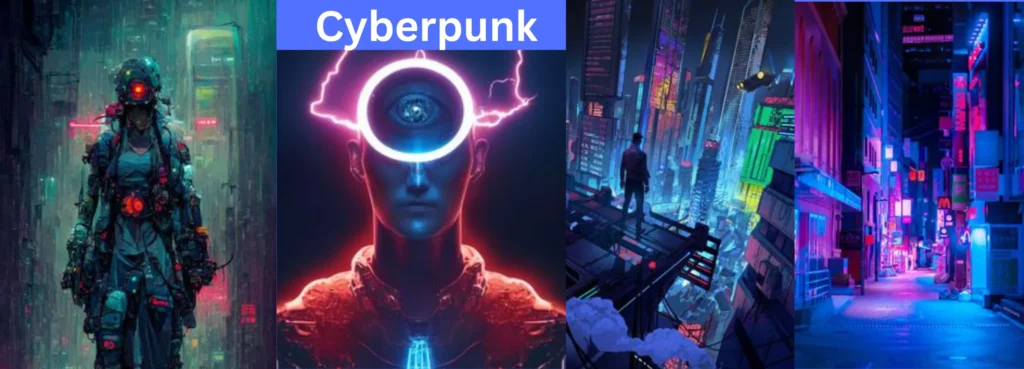
3D

Illustration

Painting

How to build an AI prompt
Are you having problems verbalising your vision? It’s easy. Give a succinct explanation of the subject matter of the artwork before offering style suggestions.
Your written prompt doesn’t have to be very long, but the more precise you are, the more like your description will be in the artwork the AI creates.
If you don’t have any specific styles in mind, you can select from a variety of styles. Here are some examples of creative prompts:
- A whimsical garden with unique plants
- vivid colours, expressionism, digital art, and abstract faces
- Cyberpunk, dramatic lighting, and people addressing the camera in a nighttime metropolitan scene
AI prompt
Utilize the Picsart AI Photo Editing tools to modify your AI-generated art.
Do you want to refine the artwork your AI produced? One photo editing interface can be used to make more changes. Picsart’s extensive collection of photo editing tools satisfies every need for visual retouching.
Cropping, collage-making, text adding, and more advanced AI features like creating an AI background or removing a specific object, as well as resolution-upscaling with AI, all get better.
Boost your design process
Making AI art can be helpful in any creative process, whether it is for commercial or personal use. Publish images for greeting cards, posters, emails, social media, websites, and greeting cards. Because of the excellent output, you can utilize the AI art generator for printed products without restriction.
Combine AI with a variety of artistic techniques
Try your hand at a range of artistic mediums to create absolutely unique artwork.
Would you like a hybrid poster reminiscent of Basquiat and Dale that shows an astronaut flying in space and pulling the moon with a string? AI will see to your needs! Even the most inventive ideas can produce stunning artwork when using AI art.
FAQs Regarding AI Art Generator
1. Are AI art generators capable of creating artwork that matches human creativity?
Even while AI artists have come a long way in mimicking human creativity, there is still room for improvement. While AI-generated art may mimic certain trends and styles, human artists are still able to effectively portray human emotions and experiences.
2. How can businesses leverage AI-generated art in their marketing campaigns?
AI-generated art can help businesses with their marketing campaigns by providing aesthetically pleasing material, customizing user experiences, and bolstering branding activities. AI-generated art can be used in advertisements, social media posts, website visuals, and other media.
3. What are the ethical considerations when using AI-generated art?
When using AI-generated art, businesses need to exercise caution to adhere to copyright laws and give proper credit to human artists.
It’s critical to strike a balance between utilising AI-generated art for innovation and protecting the originality of work created by human artists.
4. Can AI art generators replace human artists?
Although they can facilitate and enhance the creative process, tools like AI art generators cannot completely replace human artists.
The unique perspectives, emotions, and personal touches that artists infuse into their work cannot be replicated.
5. How will AI art generators evolve in the future?
It is projected that as AI art generators get more advanced, they will produce artwork that is more intricate and realistic. They might be useful in industries other than digital marketing, such as interior design, fashion, and entertainment.
6. How can businesses effectively integrate AI-generated art into their digital marketing strategies?
Businesses can profit from AI-generated art by incorporating it into various aspects of their digital marketing campaigns.
This entails using photos produced by AI for social media, marketing, and branding initiatives. By doing this, businesses may boost engagement, captivate their target market, and create a unique visual identity.
5. What are the future possibilities for AI-generated art in the digital marketing landscape?
AI-generated art has exciting potential applications in digital marketing in the future. As AI technology advances, we might expect an increase in the realism and sophistication of AI art generators.
Because of this, businesses will be able to create extremely relevant and engaging content for their target audience, which will improve brand experiences and boost marketing outcomes.
6. How long does it take for Picsart’s AI art maker to produce art?
The AI art generator usually creates images in a few seconds. Nevertheless, there are situations when outside factors like your CPU power and internet connection can affect how quickly things happen.
7. Do I own the works of art I produce?
The public is only now beginning to comprehend the nature of AI-generated art, and the legal landscape surrounding this matter is constantly evolving.
Even while we are unable to comment on the implications of AI art in general, the Terms of Use for Picsart apply to all content created using our AI art generator.
8. What kinds of graphics can the AI art generator in Picsart produce?
A vast variety of images, including portraits, landscapes, abstract artwork, and even incredibly realistic images, can be created with Picsart’s free AI art generator. Almost everything you can imagine and describe in the prompt can be represented graphically by the AI art maker.
9. How do I produce art made by AI?
To create AI-generated art, you need an AI art generator tool. Picsart handles it like this. All you need to do is give a brief textual description of the style of artwork you’re searching for, and then use the Generate button to generate a few versions.
Simply download the first batch of AI art that was created if you like it, and you’re good to go. You can always regenerate till you’re satisfied if the results aren’t quite what you were looking for.
10. Which free AI art maker is the best?
Picsart is one of the best free AI art generators available online. Because it easily connects with an online photo editor that offers numerous AI editing features in a single, user-friendly interface, it’s a well-liked alternative.
10. Is it free to utilize Picsart’s AI art generator?
Yes, Picsart AI art generator is available for free use. An AI art generator is available for free in the Picsart Photo Editor. For more editing capabilities, you might need to have a Gold subscription.
11. What is art created by AI?
Art created by artificial intelligence is called “AI-generated art” (also known as “generative art”).
The process involves analysing and modifying data using algorithms and machine learning to produce unique and creative pieces of art.
Conclusion
To sum up, AI art generators have significantly changed the landscape of digital marketing.
Despite their drawbacks, they present companies with a multitude of chances to foster innovation, interact with clients, and forge a distinctive brand identity.
AI-generated art appears to have a bright future in the field of digital marketing since it can lead to ever more immersive and customized experiences for viewers as technology advances.
Digital marketing has undergone a transformation thanks to AI art generators, which allow businesses to create unique and visually appealing material.
Because AI-generated art can foster creativity, connect with customers more deeply, and establish a unique brand
identity, it has become a valuable tool for marketers. As technology advances, businesses need to weigh the many opportunities that AI art producers bring against ethical concerns.
AI art generators are a new and innovative technology that is changing the digital marketing and art industries. These cutting-edge systems, which are driven by machine learning algorithms, can produce original and eye-catching artwork.
AI art generators are able to create artwork that both imitates particular styles and adds unique aspects by analysing large quantities of data and learning artistic styles and processes.
Artificial Intelligence-generated art has become a significant force in internet marketing.
It has completely changed how companies produce content, increasing both productivity and creativity. AI art generators can now be used by marketers to create eye-catching and captivating artwork for their campaigns swiftly.
Because of this automation, marketers can concentrate on other important components of their strategy, saving time and money.
AI-generated art has enormous promise for personalization and client interaction. Companies can now produce unique artwork based on the interests and preferences of certain clients.
This degree of customization strengthens the bond between the brand and the consumer, which boosts engagement, encourages repeat business, and eventually increases conversions.
Additionally, AI-generated graphics is essential to creating a distinctive company identity. Businesses can use art’s ability to tell tales and arouse emotions to support their branding initiatives.
Businesses can establish a recognizable and consistent brand image that appeals to their target audience by using AI-generated artwork in their marketing materials.
Nonetheless, it’s critical to discuss the difficulties and constraints associated with AI art generators.
Maintaining artistic integrity and ensuring appropriate copyright compliance require ethical considerations. Even though artificial intelligence (AI) has advanced significantly, human creativity and emotional expression remain superior.
Maintaining the originality and distinctiveness that human artists contribute to their work requires human monitoring and interaction.
Embracing AI-Generated Art
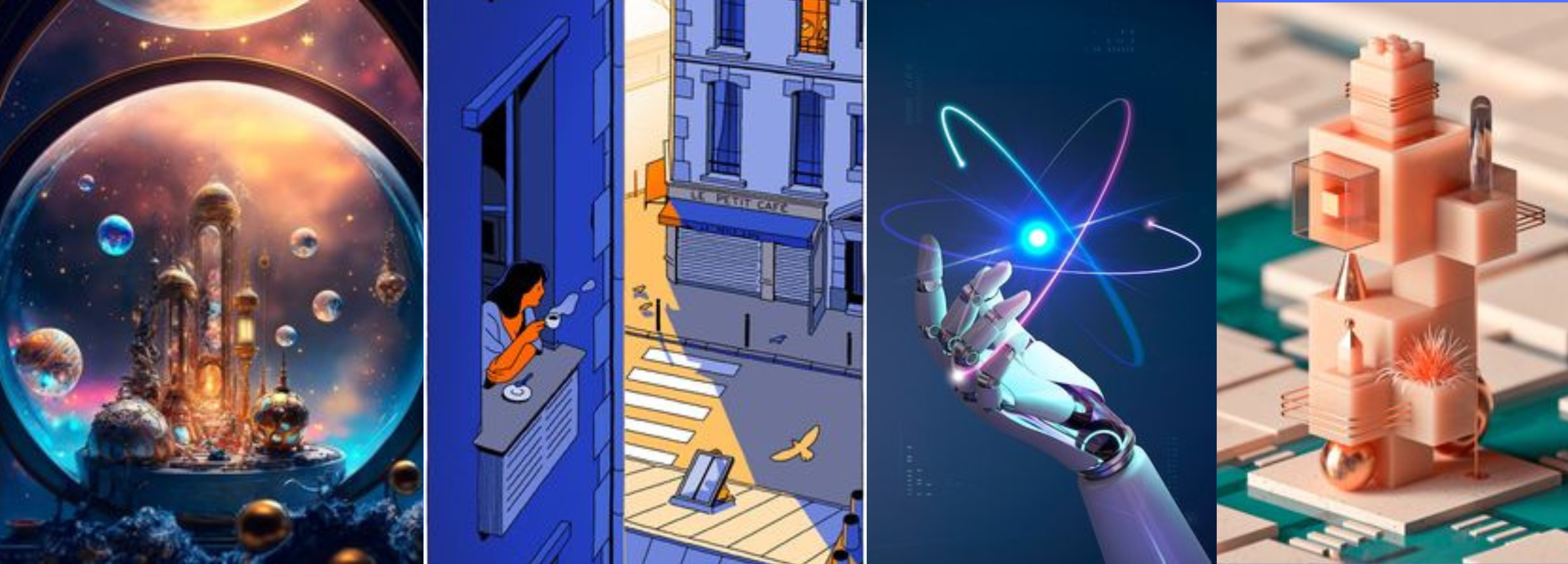
Artificial intelligence art generators have a bright future ahead of them.
AI algorithms and processing power will significantly improve these systems’ capabilities as technology develops. We may expect artificial intelligence to create artwork that is increasingly more detailed and lifelike.
AI-generated art has the potential to revolutionise a variety of industries, including fashion, entertainment, and interior design, in addition to the field of digital marketing.
In conclusion, the world of digital marketing has become more creative and engaging thanks to AI art generators.
AI-generated art has grown to be a valued resource for companies because to its capacity to foster creativity, customise experiences, and create a distinctive brand identity. Even though there are obstacles to overcome, AI art producers present a wide range of fascinating opportunities.
Businesses can unlock new artistic expression possibilities and engage audiences in ways never seen before by adopting this technology responsibly.
